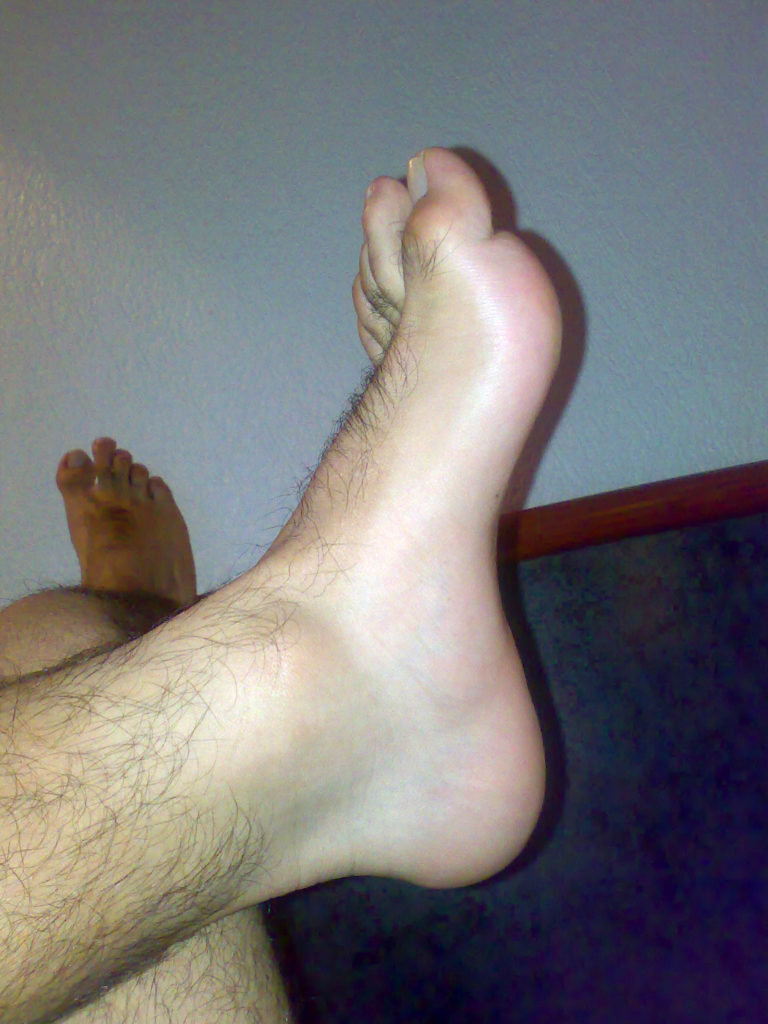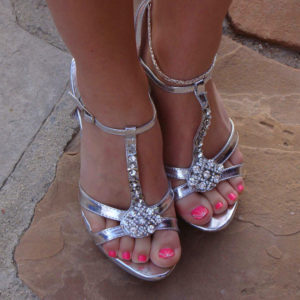Home Remedy Cure Athlete’s Foot
When I was growing up, I was involved in sports. I wasn’t good at sports, but I wasn’t all that bad either. I loved to run. My favorite sport was cross-country. I was on the school team. For practice, we would get out on the streets, sidewalks, and parks—and just run. One of the problems I encountered was athletes’ foot and It was a real problem because the store-bought athletes foot cure was so expensive. But my family knew cures that were not expensive. (They were thrifty, maybe cheap) I will give you my home remedy cure for athlete’s foot and they work.
As a kid, I learned about athlete’s foot while participating in sports. If you’re reading this article, it’s likely you’ve already had athlete’s foot at least once in your life. Remember that itchy, burning sensation that just wouldn’t go away? (Believe me, I remember.)
In case you don’t already know, athlete’s foot is caused by a fungus or yeast that thrives in a warm, moist environment. Your running shoes make a perfect incubator for it. The insole and lining of your shoes absorb moisture, and feet (running or not) produce plenty of moisture. Coupling that moisture with body heat warming up the inside of your shoes makes the perfect environment for developing the ailment.
When I was on the school team, our coaches told us how the janitors cleaned the showers and locker room. Antibacterial products were used. They, also, made it clear that we had a responsibly to our feet. We needed to wear the right running shoes and keep our feet clean and dry.
Because a warm, moist environment is ideal for developing athlete’s foot, defeating it necessitates keeping your feet dry. (Ideally, we’d keep our feet cool, too. But… That would be next to impossible.)
Here are a couple of ways to keep your feet dry:
My favorite athlete’s foot cure
Dry Feet #1: Cornstarch
Cornstarch absorbs moisture like crazy, and you can improve its absorbent quality by browning it (toasting it). Put some in a pan. Place the pan on a stove top burner over low heat. Heat and stir, continuously, until it is a light brown color. Be careful not to burn it. Take enough to cover both feet (less than half a cup), and rub it onto your feet, including between your toes. Wash your hands after you are done applying. Wait about ten minutes. (You, probably don’t want to go wandering around and tracking the cornstarch all over the place during this time.) After the ten minutes is up, wipe the cornstarch off with a towel. Wash your hands again.
Because it absorbs more moisture than it would if it were not browned, I take the time to brown the cornstarch, but you can use it either browned or not browned.
Dry Feet #2: Ditch Your Shoes (At least occasionally)
Go barefoot. As much as possible, keep your feet exposed to the air. Make sure you can legally and safely go without foot covering; often, sandals or shower shoes are enough.
I’m sure anyone who has dealt with athlete’s foot will agree with the old saying, “An ounce of prevention is worth a pound of cure.” But… Sometimes, you get it, anyway.
There are over the counter medications. However, if you’re like me, when I’m in a pharmacy, I never seem to be bothered by the burning and itching; I forget to pick up anything for it. At bedtime, however, it’s a different story. If I have athlete’s foot, I have a hard time getting to sleep—the aggravation won’t stop. Because of this, I researched for an effective home remedies. I found several athletes foot cure, and I’m going to share them with you in this post
Home Remedy #1:
Part 1: Hydrogen Peroxide for Your Feet
Hydrogen peroxide is an antifungal. It’s excellent for killing off athlete’s foot. Just so you know ahead of time, if you have any skin that’s cracking or open soars in the area you apply this treatment, it will sting a bit.
For each application combine a pint of hydrogen peroxide and a gallon of water in a container large enough for both feet. (Even if athlete’s foot isn’t manifest on both feet, treat them both. Otherwise, it’s likely you’ll keep passing it from one foot to the other for awhile.)
Soak your feet in the hydrogen peroxide mixture for 20 to 30 minutes twice a day. (Empty the container and wash it out with soap and hot water after each session. Don’t reuse the peroxide/water mixture.) Believe me: you won’t have to do this very many times: Hydrogen peroxide is very effective.
It’s best to let your feet air dry, but if time won’t allow for that, you may gently towel off your feet. In either case, make sure the area between your toes is completely dry before you put on any footwear.
Ok, taking care of your feet is only half the job. Remember, your shoes are where the fungus incubates. You need disinfect them. So, there is a Part 2 to this treatment.
Part 2: Baking Soda In Your Shoes
Baking soda is a good antifungal agent. Sprinkle some baking soda in your shoes after wearing them. Not only does it kill the fungus, it destroys the (moist) environment in which it thrives. If you put too much baking soda in your shoes, you can empty them after they’ve had a chance to dry out. Again, use fresh baking soda for each application.
If the hydrogen peroxide application is too uncomfortable, you can use a baking soda paste on your feet.
Home Remedy #2:
Part 1: Baking Soda for Your Feet
Make a paste of baking soda and water. Apply it to your feet (both feet). Let the paste dry. Then, wipe it off.
You will need…
Approximately 3 parts baking soda to 1 part cool water
Directions: Make a paste by stirring baking soda into a small amount of water, until you have a paste that will stay in place, but is easily applied to your feet. (You don’t want it to be dripping off your feet, and you don’t want it so dry that it crumbles as you apply it.)
Apply the paste to your feet. Cover the whole foot and make sure you get it between your toes. Let the paste dry completely.
After the paste has completely dried, wipe it off with a soft, dry cloth.
Part 2: Baking Soda for Your Shoes (again)
Follow the directions given in part two (the part for shoes) of Home Remedy #1.
Ok, there’s still one element of athlete’s foot to address—the smell. Athlete’s foot stinks. If your feet smell bad because of athlete’s foot, toe fungus, or just because they’ve been closed up in your shoes all day, a lemon rinse can help combat the odor.
Again, I’m interested in being frugal, so this rinse is inexpensively made—but, very effective.
For each application, you will need to combine 1/2 cup of lemon juice and 10 cups of water in a container large enough for both feet. (And do use a clean container, and make the rinse fresh every time: You don’t want to contaminate yourself again.)
Directions: Soak your feet in the solution for 15 to 20 minutes once or twice a day. When you’re done soaking your feet, make sure you dry them completely (especially, between your toes) before you put on any foot gear.
Conclusion:
Your feet are important, and you need to take care of them. One of the most common foot problems is athlete’s foot. I have given you several home remedy cures for athlete’s foot.
t


